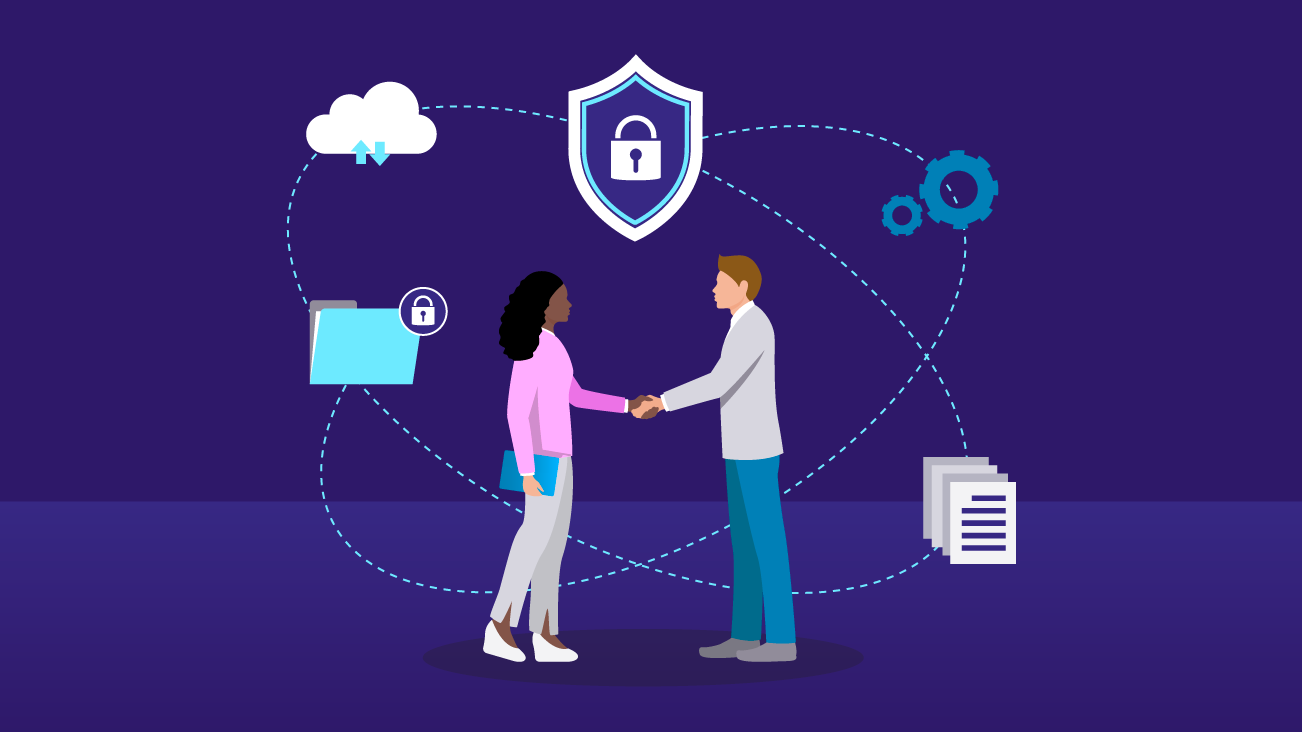Understanding the Art of Conquering Data Collection Limitations in Google Analytics for Better Decision-Making
In the world of electronic analytics, the capability to remove purposeful insights from data is paramount for educated decision-making. By using advanced methods and strategic methods, companies can raise their information quality, unlock concealed understandings, and lead the means for even more efficient and enlightened decisions.
Data Top Quality Evaluation
Assessing the top quality of data within Google Analytics is an important step in ensuring the reliability and accuracy of insights stemmed from the gathered information. Information quality assessment involves reviewing numerous elements such as accuracy, efficiency, uniformity, and timeliness of the data. One crucial element to think about is information accuracy, which describes exactly how well the information shows real worths of the metrics being gauged. Inaccurate data can lead to damaged conclusions and illinformed business decisions.
Completeness of information is one more crucial factor in evaluating information quality. Consistency checks are additionally vital in data quality analysis to determine any type of inconsistencies or abnormalities within the data set. By prioritizing data high quality analysis in Google Analytics, services can enhance the dependability of their analytics reports and make even more educated decisions based on precise insights.
Advanced Tracking Methods
Making use of advanced tracking methods in Google Analytics can significantly improve the depth and granularity of information accumulated for even more detailed analysis and insights. One such strategy is occasion tracking, which enables the monitoring of particular communications on an internet site, like click switches, downloads of documents, or video clip sights. By implementing event monitoring, companies can get a much deeper understanding of user habits and interaction with their on-line content.
In addition, personalized dimensions and metrics offer a way to tailor Google Analytics to details organization needs. Custom measurements permit the development of new information factors, such as user functions or client sectors, while custom-made metrics allow the monitoring of unique performance indicators, like income per individual or average order worth.
In addition, the usage of Google Tag Manager can simplify the execution of tracking codes and tags across a web site, making it easier to handle and deploy sophisticated tracking arrangements. By using these innovative monitoring methods, companies can unlock beneficial insights and optimize their on-line approaches for far better decision-making.
Custom Dimension Application
To improve the depth of data collected in Google Analytics past advanced monitoring techniques like occasion tracking, organizations can carry out customized measurements for more customized insights. Personalized dimensions permit services to specify and collect details information factors that pertain to their distinct objectives and goals (What Data Does Google Analytics Prohibit Collecting?). By assigning custom-made dimensions to various elements on a web site, such as user communications, demographics, or session details, businesses can gain a more granular understanding of just how customers engage with their on the internet residential properties
Attribution Modeling Methods
Effective attribution modeling is essential for recognizing the effect of different advertising and marketing channels on conversion paths. By employing the right attribution model, companies can precisely associate conversions to the proper touchpoints along the customer trip. One typical acknowledgment version is the Last Interaction design, which provides credit history for a conversion to the last touchpoint a customer communicated with prior to transforming. While this design is basic and very easy to execute, it commonly oversimplifies the client trip, overlooking the impact of various other touchpoints that added to the conversion.

Data Sampling Avoidance
When dealing with huge volumes of information in Google Analytics, overcoming data sampling is necessary to guarantee exact insights are obtained for educated decision-making. Data tasting takes place when Google Analytics estimates patterns in data instead than analyzing the total dataset, find here possibly leading to skewed results. By taking these positive actions to lessen information sampling, services can remove much more precise understandings from Google Analytics, leading to better decision-making and enhanced total performance.
Final Thought
In verdict, understanding the art of conquering information collection constraints in Google Analytics is crucial for making notified choices. By performing a comprehensive data high quality analysis, implementing advanced tracking methods, making use of personalized dimensions, employing attribution modeling techniques, and preventing data sampling, services can make sure that they have trustworthy and exact data to base their decisions on. This will eventually result in you could try this out more efficient approaches and far better end results for the company.
